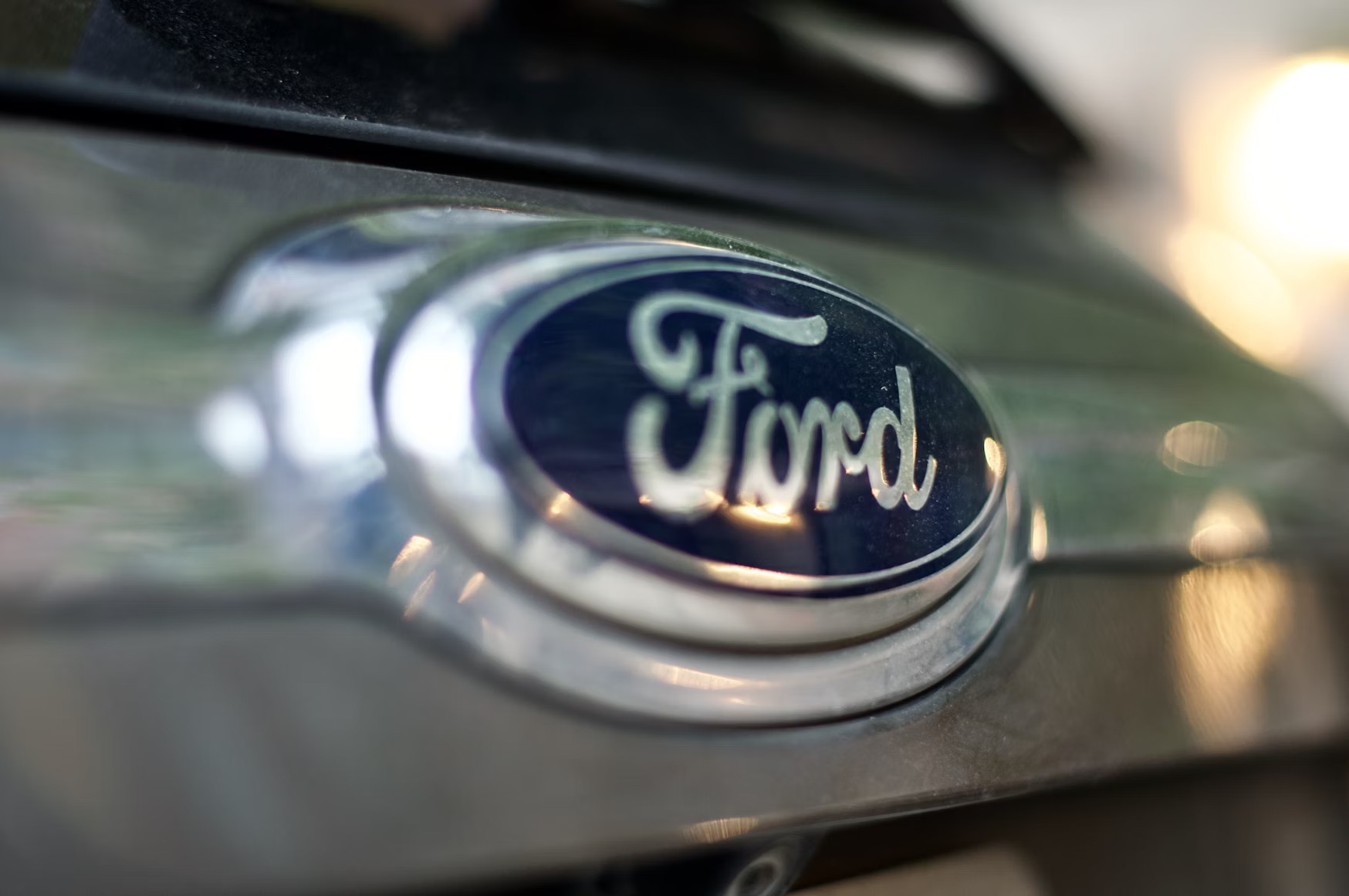
Barely a month after President Trump signed the budget-reconciliation bill that ends tax credits for electric vehicles and other clean-energy purchases, Ford has announced an initiative to make EVs more affordable. The company’s “Universal EV” project, revealed in a press release and post by President and CEO Jim Farley, will begin with a midsized electric pickup truck set to debut in 2027 with a target starting price of around $30,000. That’s nearly half the cost of Ford’s current EV pickup, the F-150 Lightning, which starts at $54,780.
New Platform and Battery Technology
Farley said the company will deliver a lineup of adaptable, affordable electric vehicles with multiple body styles for work and leisure, including models for export. All will use lithium iron phosphate (LFP) batteries assembled in the U.S. rather than imported from China. LFP technology offers cost, weight, space, and durability advantages over nickel cobalt manganese (NMC) batteries, while avoiding cobalt and nickel sourced from countries with poor labor and environmental protections.
Ford’s new “assembly tree” design places the LFP battery at the core of the vehicle structure, with the front and rear built on separate lines and attached later. This approach reduces parts, fasteners, workstations, and assembly time. While a structural battery could be harder to replace, LFP’s extended lifespan may make this less of an issue. Industry estimates suggest LFP batteries can last two to three times longer than NMC batteries, covering roughly 200,000 miles.
Farley compared the pickup’s $30,000 price target to the Model T when adjusted for inflation. However, Ford’s past experience with the F-150 Lightning, which launched just under $40,000 before price hikes, raises questions about whether the target will hold. The new model will be built at Ford’s Louisville Assembly Plant in Kentucky, with a $2 billion investment and state support. Ford will also invest $3 billion in its BlueOval Battery Park in Michigan to produce LFP batteries at scale.
Competitive Edge and Talent
Farley credited former Tesla executives Doug Field and Alan Clarke, now leading the project, with designing a propulsion system efficient enough to compete with Chinese automakers like BYD. He said the system was engineered “down to the watt,” allowing for a smaller battery than BYD’s. Farley’s familiarity with China’s EV sector is notable; he previously imported a Xiaomi SU7 sedan from Shanghai for personal use and praised its performance.
What The Author Thinks
Ford’s promise of a $30,000 EV pickup is ambitious and appealing, but history shows that supply chain issues, demand shifts, and economic factors can quickly drive prices higher. The use of U.S.-made LFP batteries is a smart move for cost and supply security, yet delivering on the price point will be the true test. If Ford can keep costs down without cutting corners on performance and durability, it could set a new benchmark in the affordable EV market.
Featured image credit: Dan Dennis via Unsplash
For more stories like it, click the +Follow button at the top of this page to follow us.
